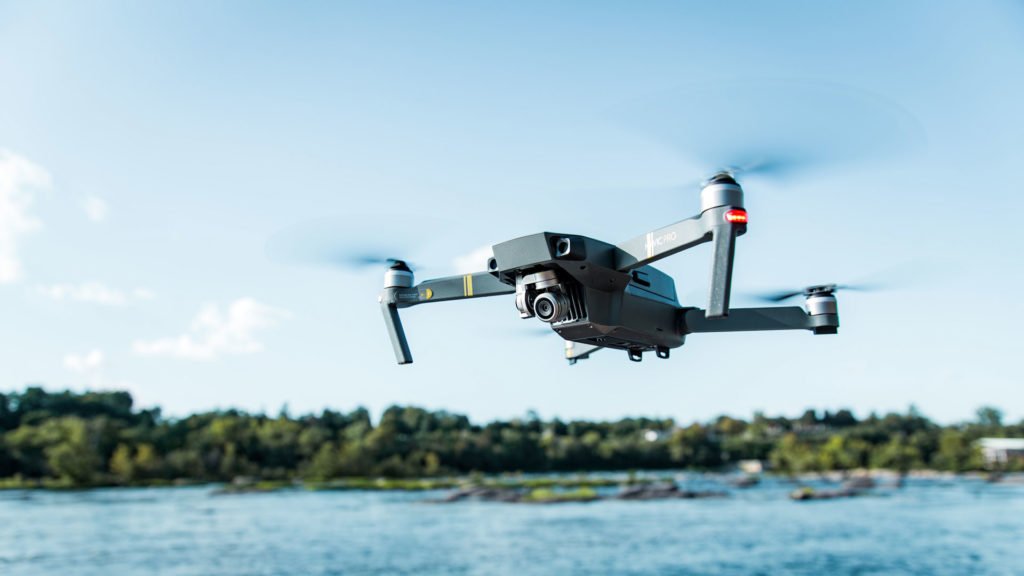Have you seen the Taj Mahal at sunset? Many guides claim that this is the most delicate sunset in the world. The mix of color shifts placed against the Taj Mahal’s white marble dome is stunning.
It would be amazing to capture this on camera with a drone! However, your drone will need to fly over the Yamuna River to get some of the most outstanding images.
Apart from this Taj Mahal, there are many reasons why you should fly your drone over water. Here are the top 5 recommendations for flying your drone over water that you cannot afford to ignore! So, before you look for aerial surveying drone, let’s begin!
VPS – Know Your Position
The visual positioning system, or VPS, is an essential component of your drone technology. However, there are several compelling reasons to turn it off when flying over water.
Why? One crucial reason is that VPS is dependent on a solid surface, and water has a shifting surface, which might cause your drone to become disoriented. However, whether or not you switch off the system is also determined by the altitude you want to fly.
If you fly over (about) 30 feet, the drone is high enough to avoid being impacted by a moving surface below. Therefore, it all depends on what you want to do with your drone once it’s in the air.
Avoid Getting Distracted
You must entirely focus when piloting your drone. However, avoid allowing objects that might interfere with the compass or signal (such as lighthouses or large cruise ships) to distract your drone.
Discover from the Surfers
Nothing beats getting the surf report before heading to the beach if you know someone who enjoys surfing. You should follow suit.
Make sure you know how high the waves are breaking and that you are not flying too low. Remember that your drone’s perspective of the waves may give you the impression that they are further away than they are.
Avoid Playing Angry Birds
Always try to avoid birds as much as possible. You might think it’s nice to observe birds in mid-flight. But that won’t be the case if they start following your drone or, worse, attacking it. And a few of them do!
Don’t Forget the Wind.
Of course, high winds can occur both on land and at sea. Flying over water, particularly the sea, may expose your commercial drone inspection to severe gusts, depending on your past flight experience. That is not a reason not to travel.
Keep in mind that powerful gusts need more power, which means your battery may deplete quicker. So don’t take off guard. Allow plenty of time for your drone to return to the landing site.
Flying Drones – the Limit of the Skies
You will have a lot of fun and capture some stunning photos if you know how to fly drones over land and water. If you can fly securely over land, you can fly safely over water as well. Just remember these five top recommendations, and you’ll be fine.



